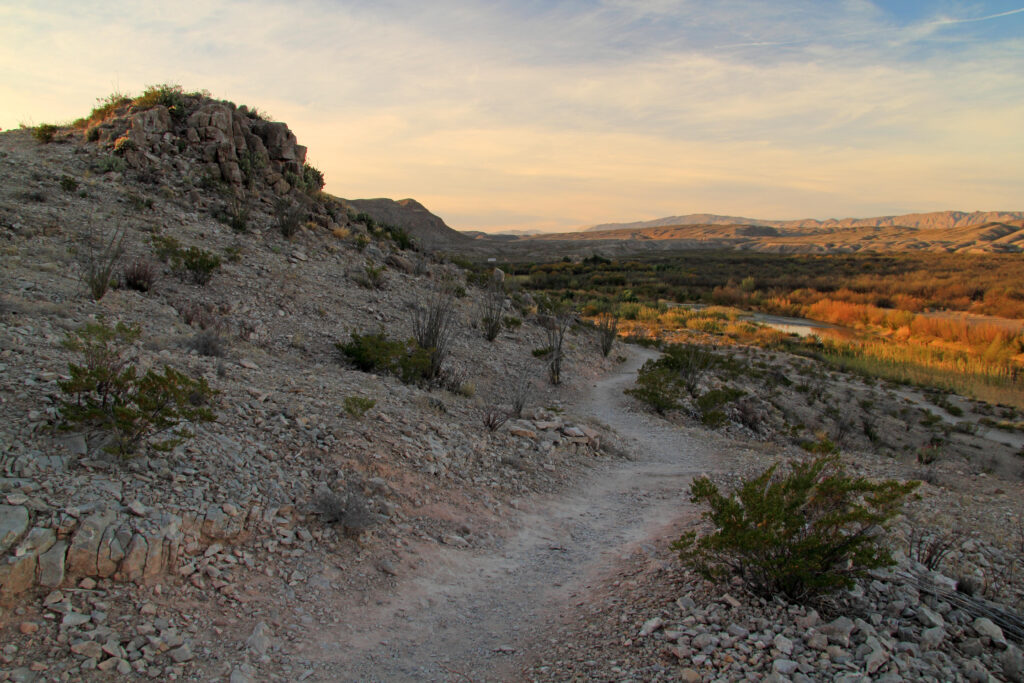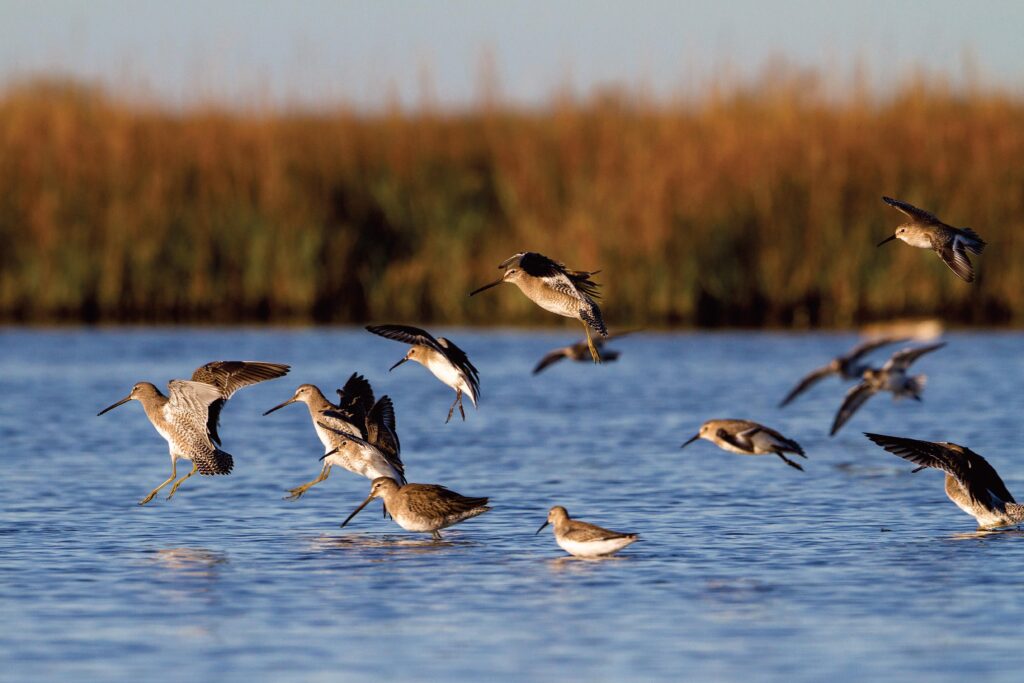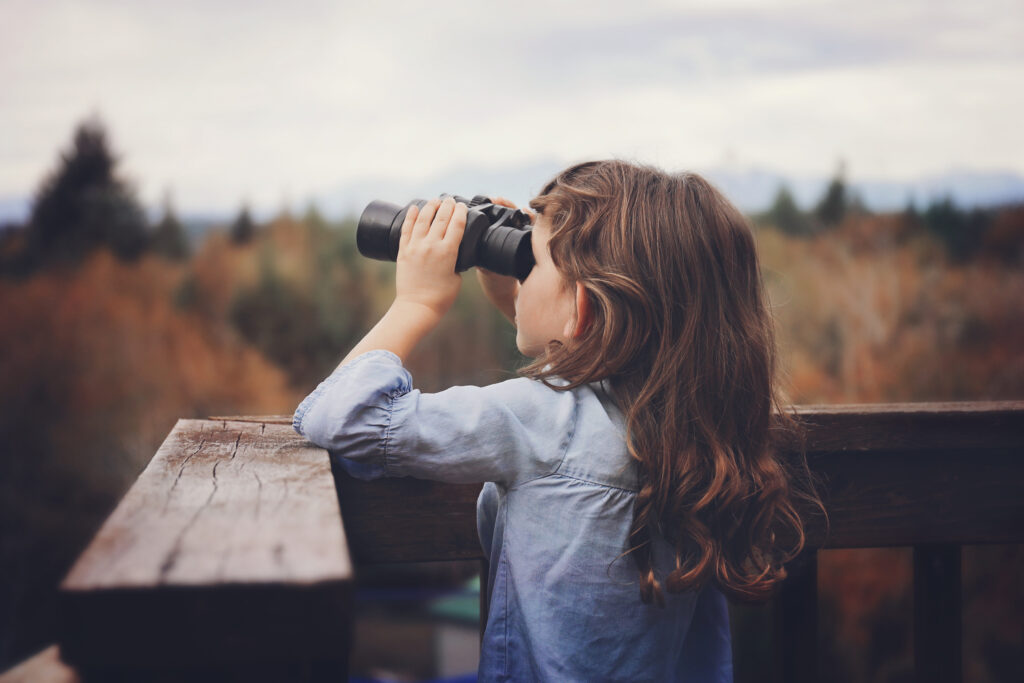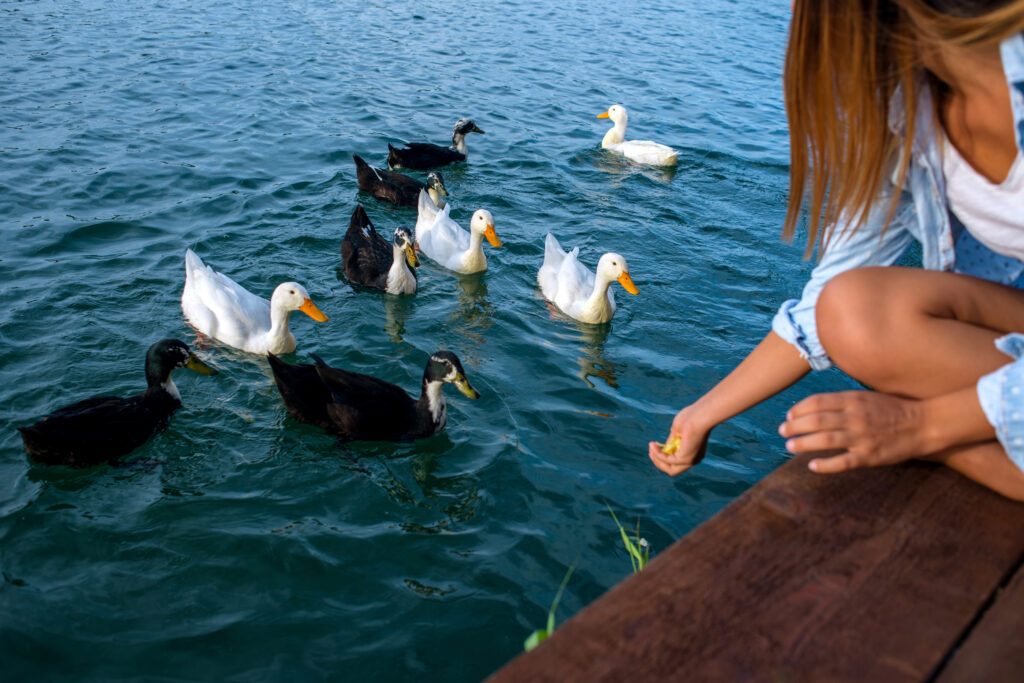Roundup: Guide to Texas Wildlife Spotting
With spring just around the corner, it’s time to hit the road and enjoy the Texas countryside in all its blooming glory. This spring, don’t just go looking for bluebonnets. There are plenty of great spots around the state where you can spot wildlife, and Texas is home to some of the country’s best birdwatching.
From tranquil Gulf Coast marshlands to the majestic mountains of West Texas, we’ve covered the state in our search for the best wildlife spotting and birdwatching in Texas. Here’s a roundup of all our guides to wildlife watching.

Wildlife Sanctuaries
If you’re looking for an unforgettable encounter with some of the wild creatures that call Texas home, the best place to start is at one of the state’s beautiful wildlife sanctuaries, which will take you on a tour of Texas’ most iconic species, topographies, and ecosystems.
Out West, search for mountain lions in the Davis Mountains Preserve, or look for the black-capped vireo in the Independence Creek Preserve. Visit the Muleshoe National Wildlife Refuge to experience some of the last unvarnished Texas prairie lands. In Austin, look for sweet golden-cheeked warblers at Balcones Canyonlands — or admire the nocturnal Mexican free-tailed bats swooping en masse out of the Eckert James River Bat Cave Preserve in Mason County.
Along the Gulf Coast, the Matagorda Island Wildlife Management Area and the McFaddin and Texas Point national wildlife refuges preserve wetlands, marshes, and bayous that play host to migrating birds and are home to alligators and white-tailed deer. In the Rio Grande Valley, the National Butterfly Center preserves a habitat home to more than 300 species of butterfly. Read our guide to wildlife sanctuaries in Texas here.

Nature Preserves
Texas is home to millions of acres of nature preserves. The Nature Conservancy alone manages more than 1 million acres across the state. Texans have long been proud of how they steward their lands. One reason the state is home to few national parks is that Texans have always preferred establishing and managing our wild places through a mix of public and private strategies. These wild places offer visitors the opportunity to experience the raw landscape and the Texas wildlife that dwells in them. Many of Texas’ nature preserves were established to protect endangered species. Read our guide to nature preserves in Texas here.

Hiking Trails
Another great place to spot Texas wildlife is out wandering the state’s many hiking trails, from the splendor of Santa Elena Canyon to the state’s longest wilderness footpath. Read our guide to the best hiking trails in Texas here.
Backyard Birdwatching
Sometimes, the best place to see Texas wildlife is right outside your window. Check out our guide to everything you need to equip yourself to become a proficient backyard birdwatcher. You can use our field guide to seek out some of Texas’ native birds. Read our birdwatching guide and find our field guide to Texas birds here.

Wildlife Myths
Before you head out on your next wildlife adventure, take a moment to review some common wildlife myths. You’ll learn that you probably should not feed the ducks nesting along the pond, rattlesnake rattling doesn’t necessarily mean they’re about to strike, and circling vultures don’t mean there’s a dead animal nearby. Most of all, it is important to remember that when you are out in nature, you are sharing the home of wild creatures. Do your best not to disturb or interfere with the habitat. Read up on wildlife myths here.
Kids’ Guide to Wildlife Spotting
Looking for more ways to enjoy the great outdoors and spot Texas wildlife? There are few better ways to get your kids excited about the outdoors than sending them on a wildlife spotting adventure. We created a guide designed especially for kids to help them find some of Texas’ most beloved wild animals. Read our kids’ guide to wildlife spotting here.
© 2023 Texas Farm Bureau Insurance



